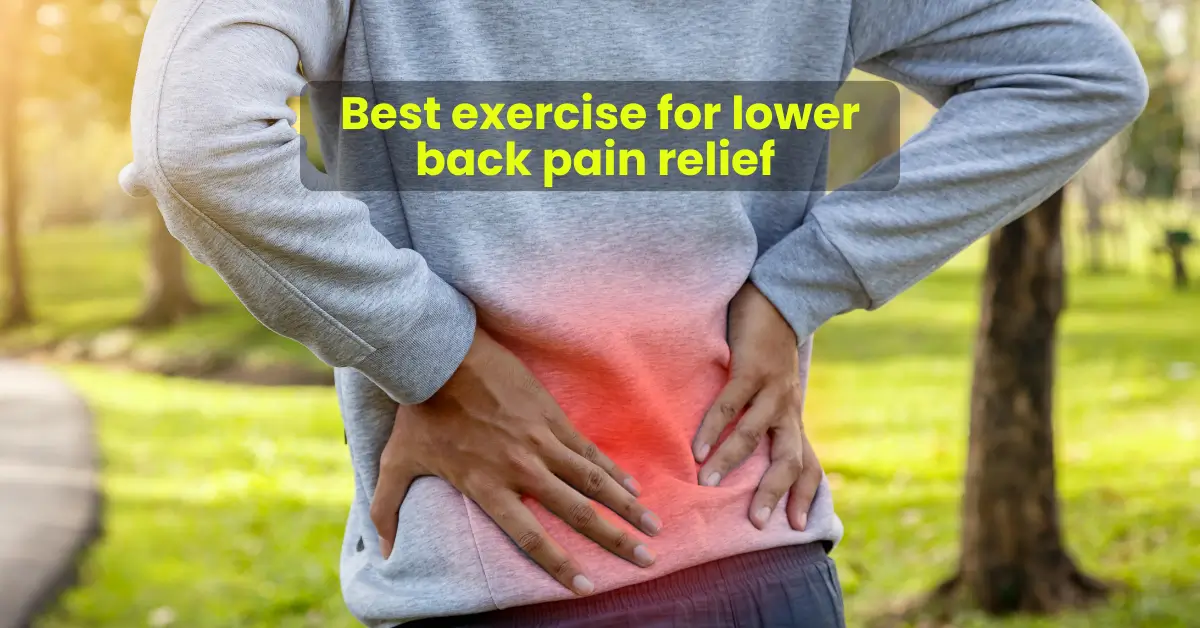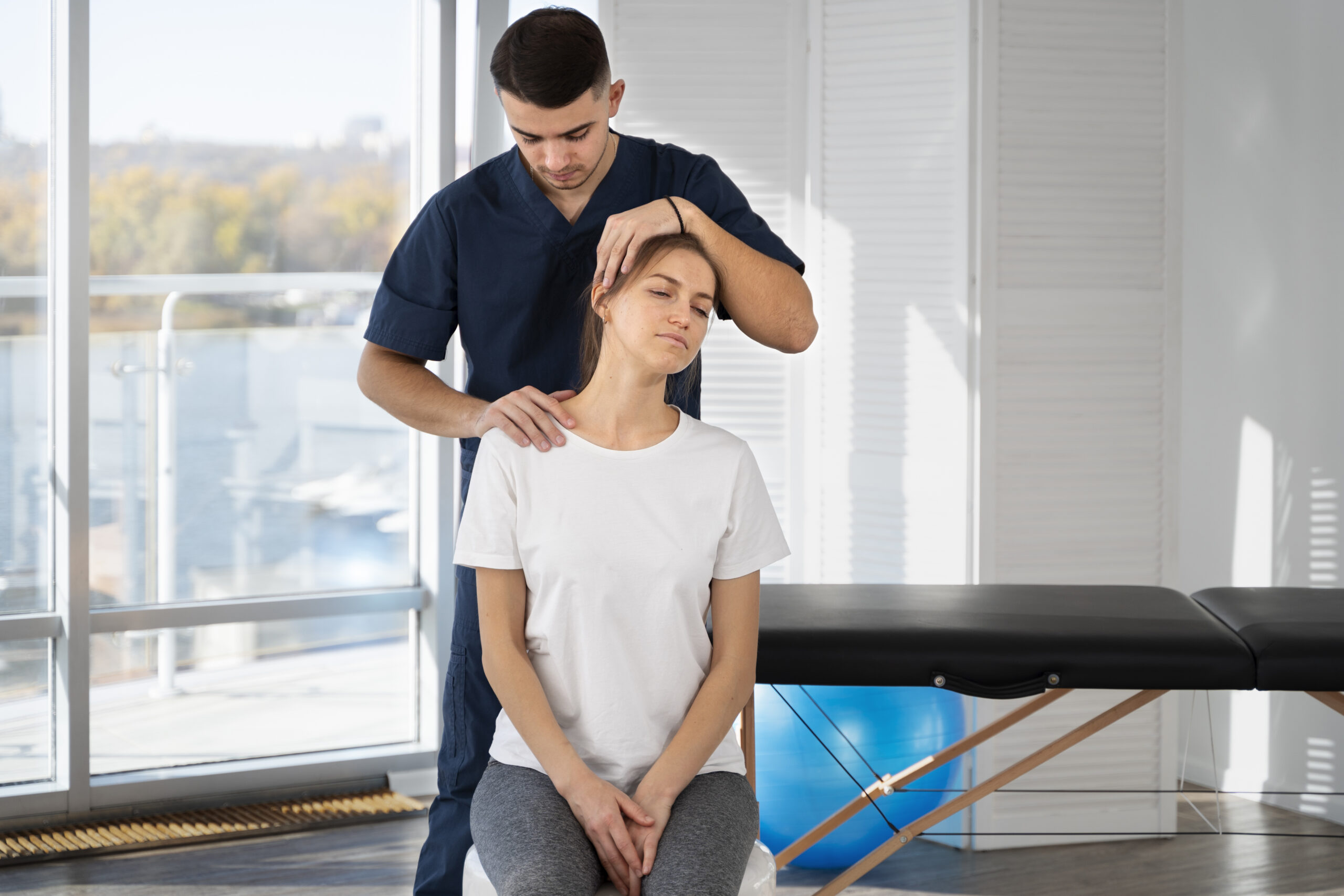Knee pain is one of the most common musculoskeletal problems affecting people of all ages, from young athletes to older adults. It can result from injury, overuse, arthritis, or even poor posture and muscle imbalance. Because the knee joint bears much of the body’s weight and is crucial for everyday movements like walking, climbing stairs, or standing up, even mild discomfort can significantly impact mobility and quality of life. Whether caused by arthritis, ligament sprains, meniscal irritation, muscle imbalance, or overuse injuries, knee pain can significantly limit mobility and quality of life. The good news is that most knee pain can be effectively managed without surgery through a combination of physiotherapy and lifestyle changes.
Understanding Knee Pain
The knee joint is a complex structure made up of bones (femur, tibia, and patella), ligaments, tendons, cartilage, and muscles. Pain may arise due to:
● Muscle imbalance or weakness (especially of quadriceps and hip muscles)
● Overuse or repetitive strain
● Improper footwear or poor biomechanics
● Arthritis / degenerative changes
● Injury to soft tissues (ligament sprain, meniscal irritation)
Early intervention prevents chronic pain and reduces the need for surgical treatment.
Nonsurgical Treatments for Knee Pain
Physiotherapy (Primary Line of Treatment)
Physiotherapy focuses on restoring strength, flexibility, and joint mechanics.
Key interventions:
● Strengthening exercises for quadriceps, hamstrings, calves, and hip muscles
● Stretching to improve joint mobility
● Balance and proprioception training
● Manual therapy (soft tissue mobilization, joint mobilization)
● Gait and posture correction
Benefits: Improves muscle support around the knee, reduces load on joint structures, and prevents recurrence of pain.
Exercise Therapy (Most Effective Approach)

Recommended exercises include:
Muscle Group Exercise Example
Quadriceps Straight leg raises, quad sets
Hamstring Hamstring curls, forward bending stretch
Hip abductors & glutes Clamshells, bridges
Calves: calf stretch, heel raises
Consistency is more important than intensity—20–30 minutes daily can show significant improvement within 4–6 weeks.
Activity Modification
Avoid or reduce:
● Deep squatting
● Stair climbing
● High-impact activities (jumping, running on hard surfaces)
Switch to:
● Walking
● Cycling
● Swimming
These activities strengthen the knee without excessive strain.
Pain Management Modalities
Physiotherapists may use:
● TENS for pain relief
● Ultrasound to reduce inflammation
● Ice therapy for acute pain
● Heat therapy for stiff joints or arthritis
Weight Management
Excess body weight increases stress on knee joints.
Every 1 kg of body weight adds up to 4 kg of pressure on your knee when walking.
Even small reductions (5–10% of body weight) can decrease pain significantly.
When to consider surgery?
● Pain persists even after 3–6 months of conservative treatment.
● Severe arthritis with structural deformity
● Ligament tears limiting function (e.g., ACL rupture in athletes)




